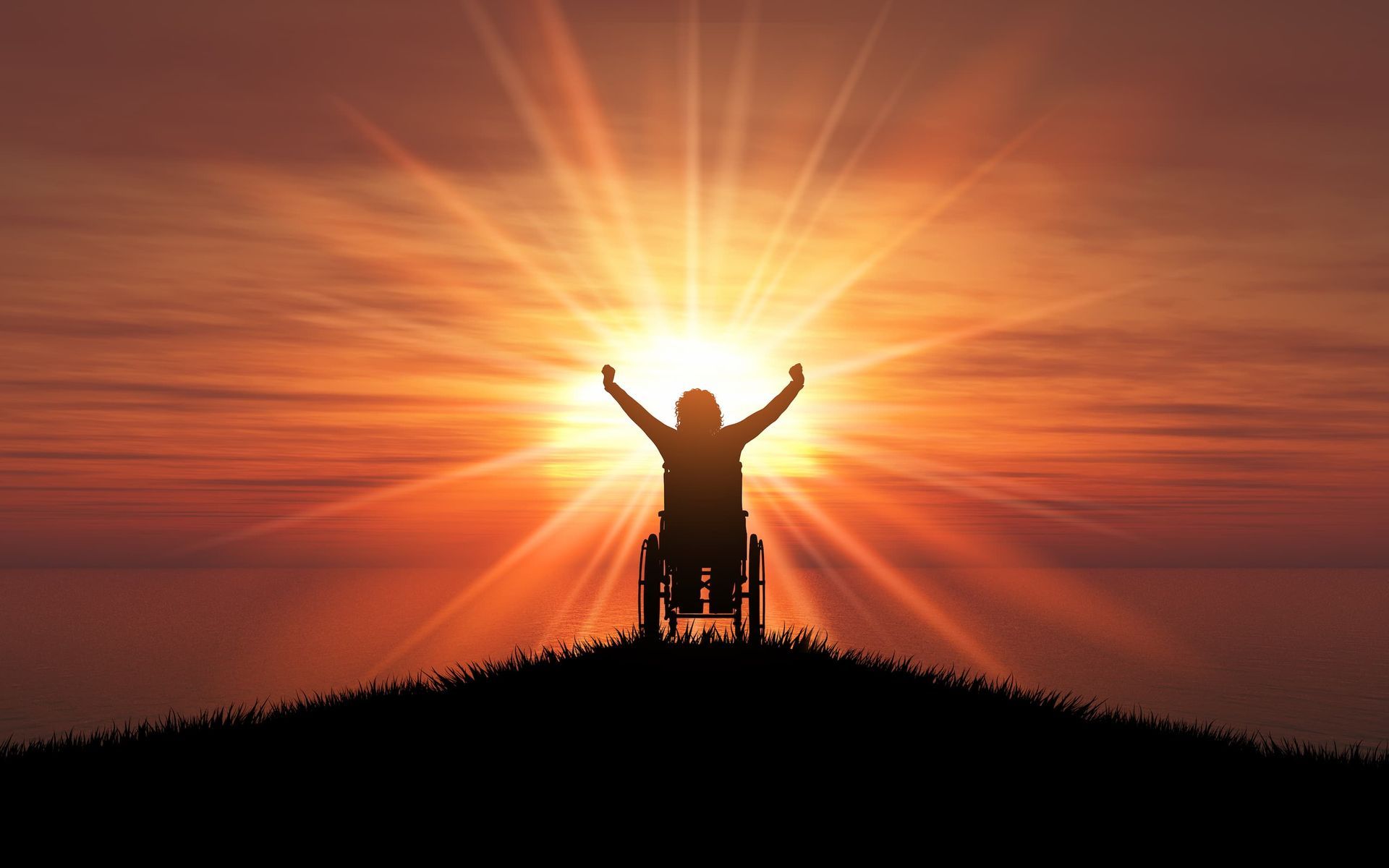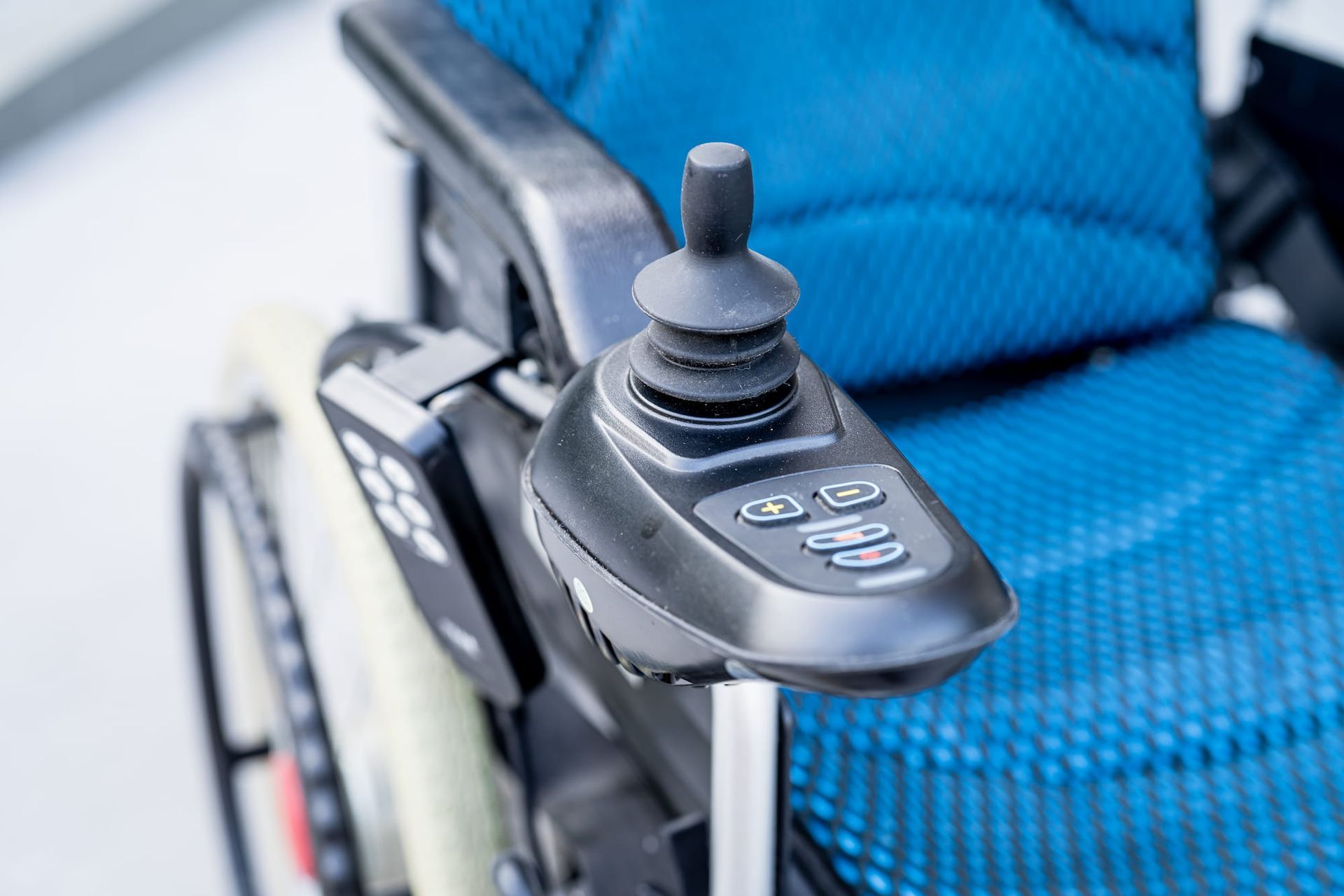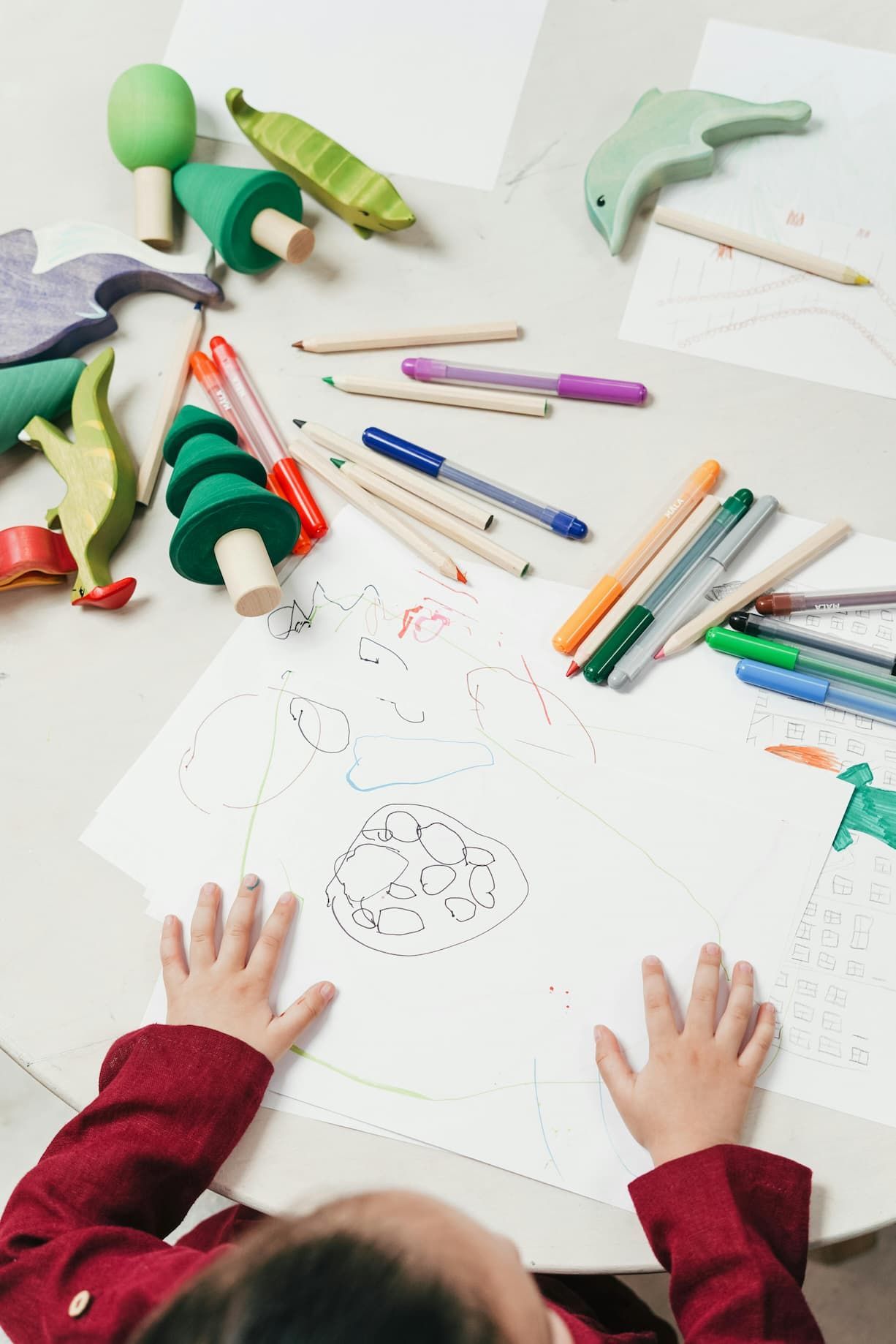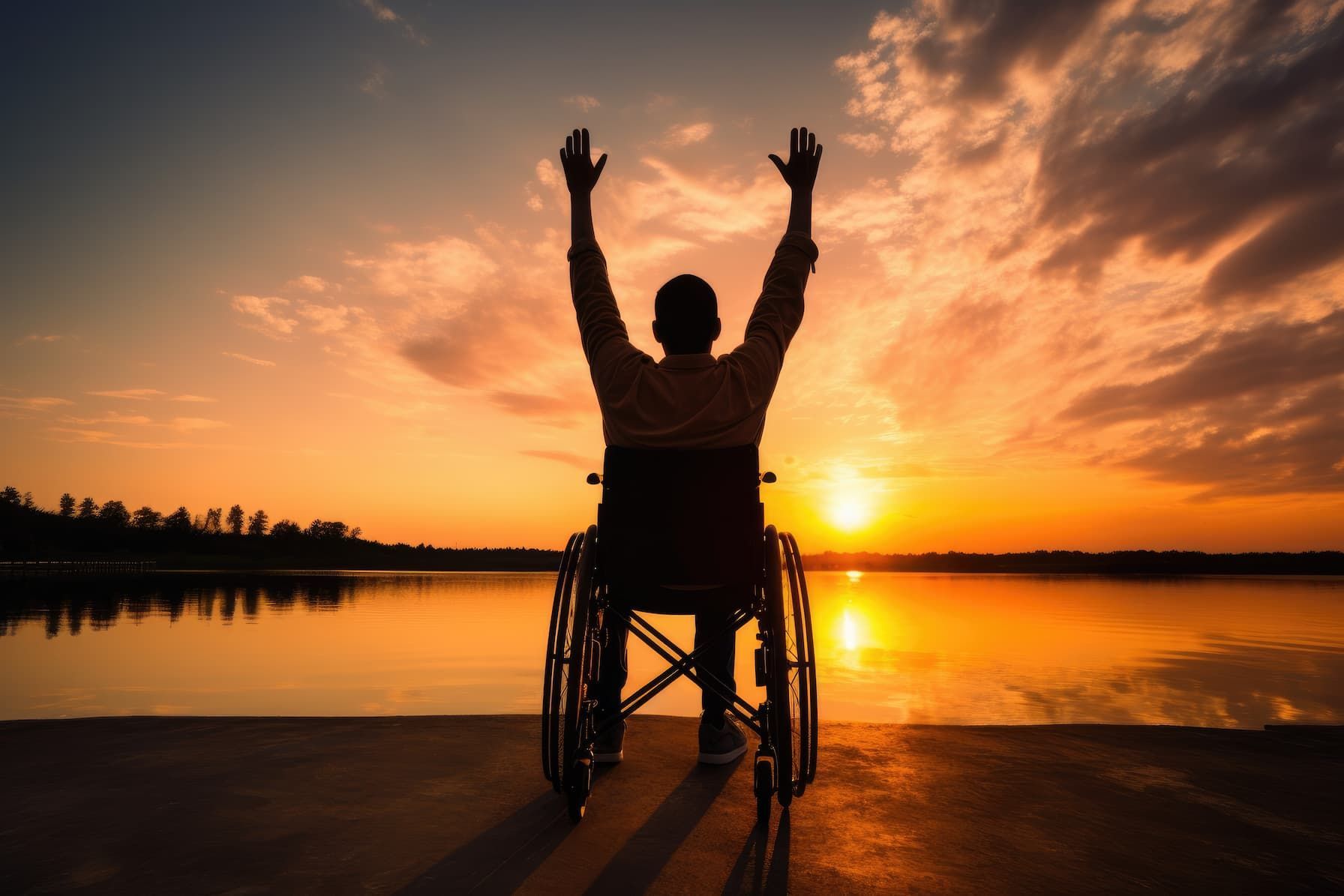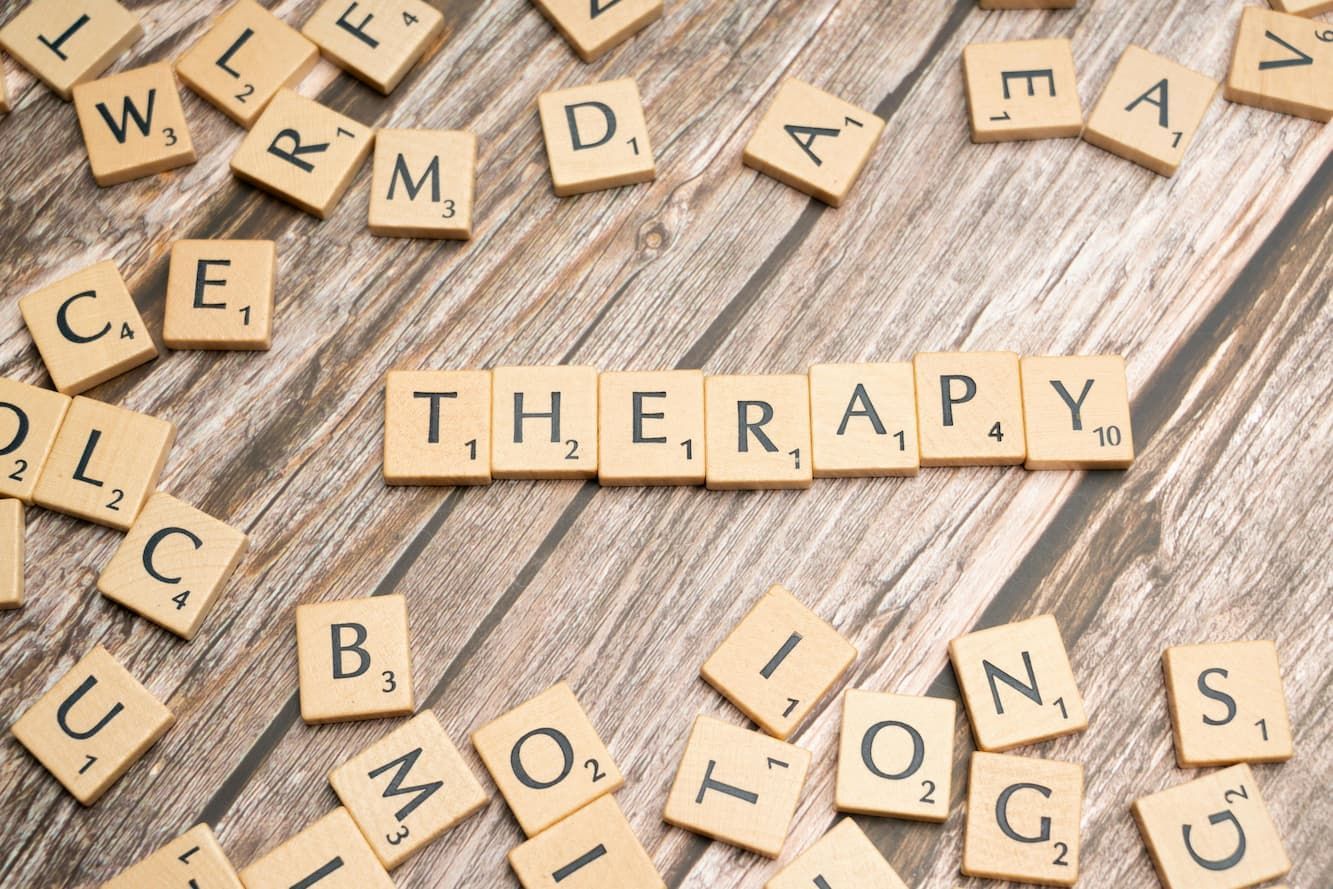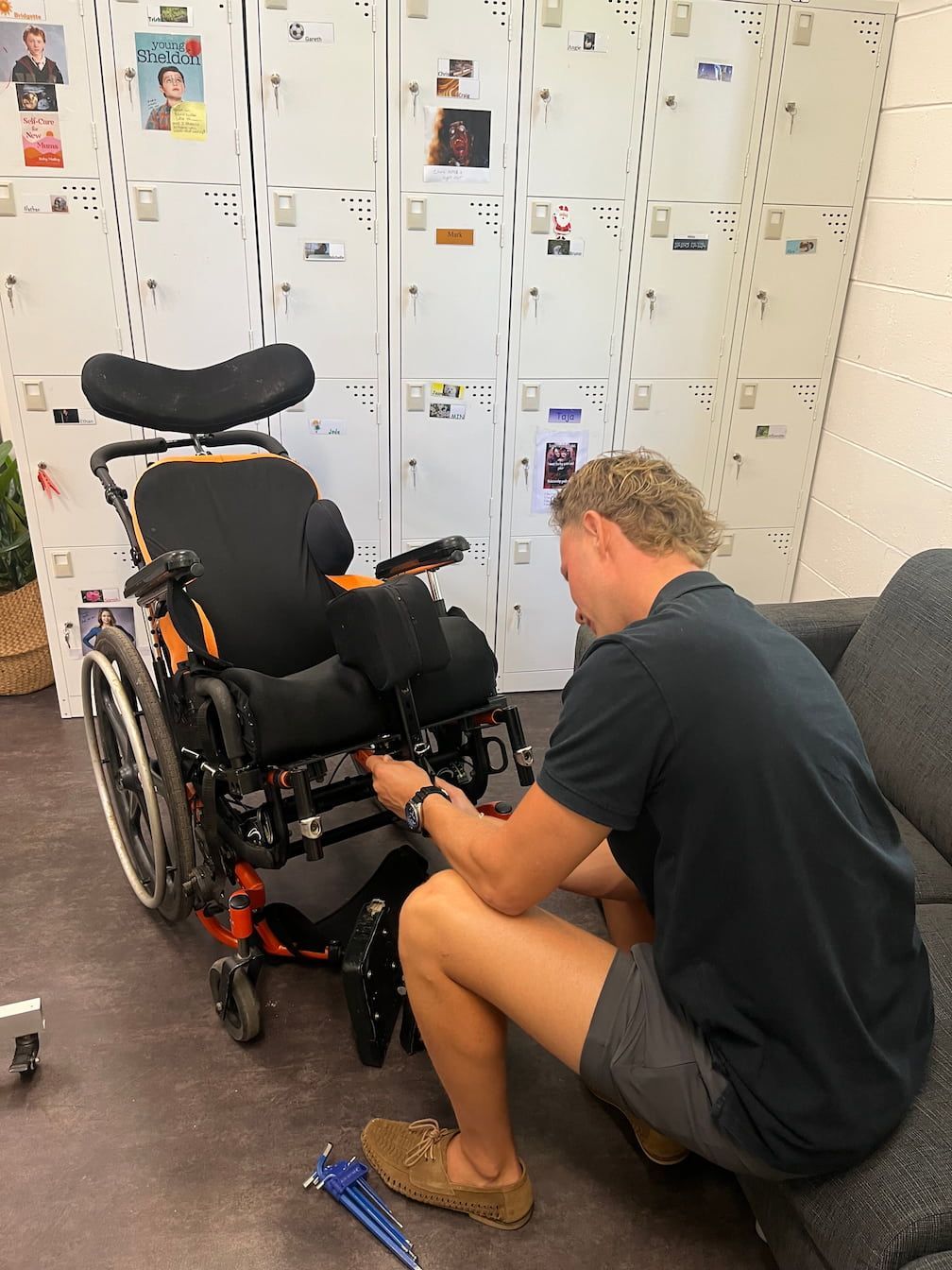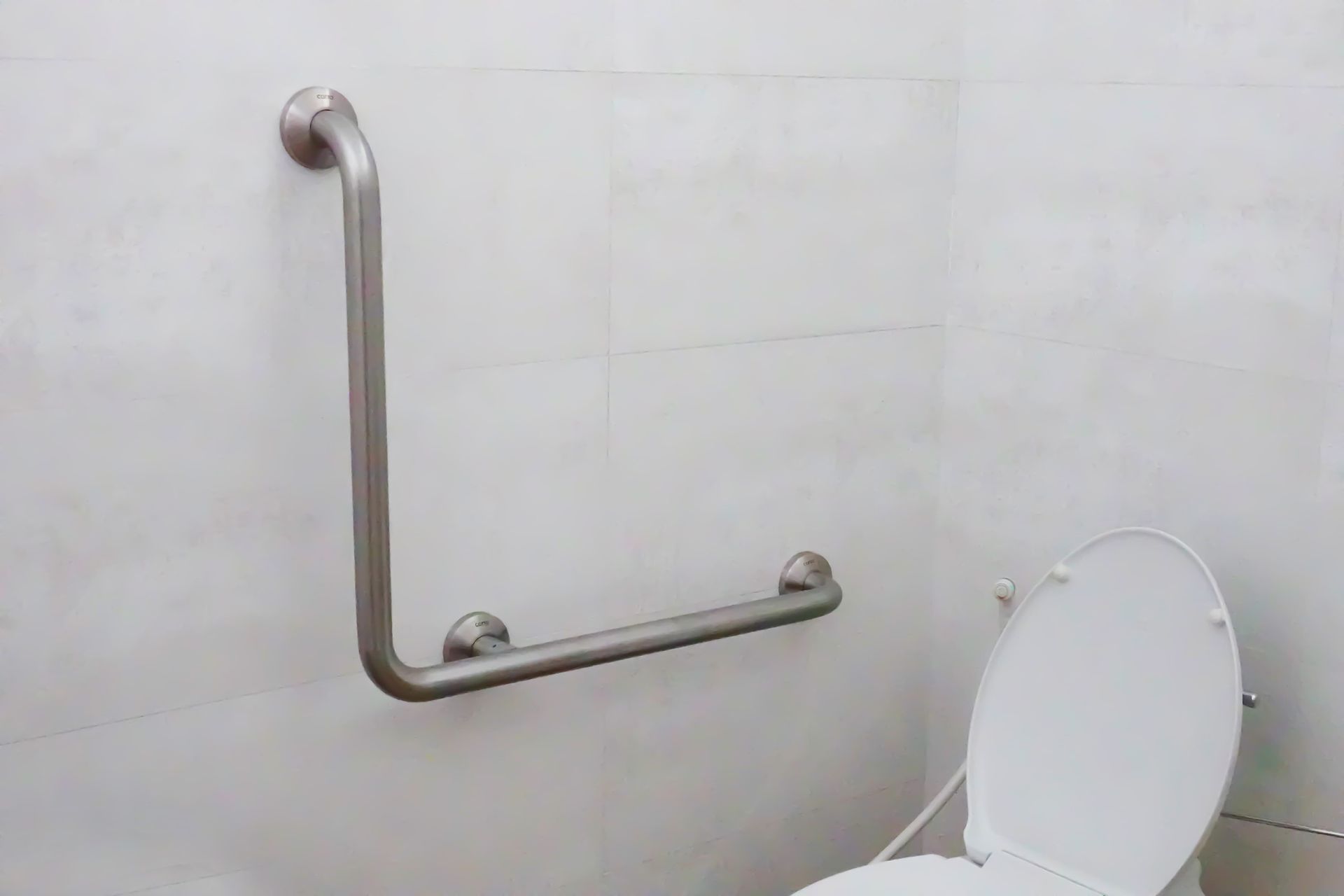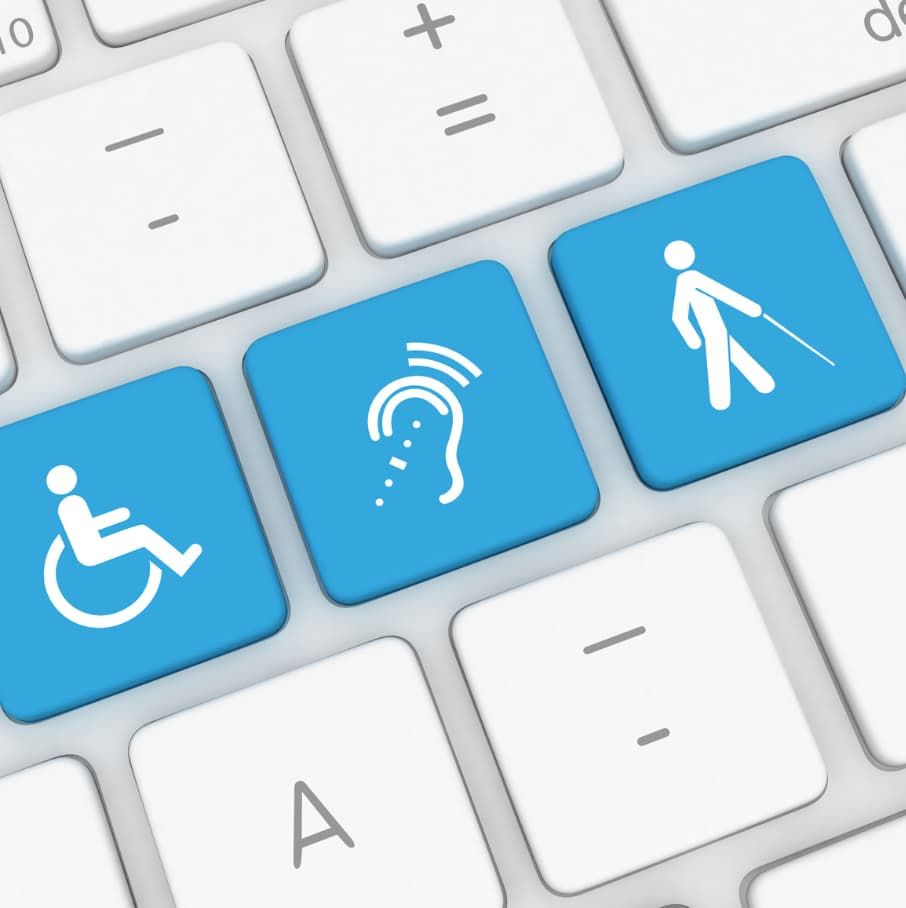Different Types of Assistive Technology
Assistive technology empowers individuals to carry out daily activities such as cooking, cleaning, and showering more easily. These devices can make a significant difference in improving the quality of life for people with disabilities or mobility challenges. In this blog, we'll explore different types of assistive technology and how they can help enhance independence, comfort, and safety.
Electric Beds
Electric beds offer significant benefits for people who struggle with movement or need to remain in bed for extended periods. These beds can be adjusted at the head and foot to provide optimal comfort and support. By allowing users to change their position with ease, electric beds reduce the risk of bedsores and improve circulation.
For those with conditions like arthritis, respiratory issues, or back pain, being able to elevate the upper body or legs can bring relief. Caregivers also benefit from the flexibility these beds offer, as they can adjust the bed height to assist with transfers and personal care tasks without straining themselves.
Pressure Care Mattresses
Pressure care mattresses are essential for individuals who spend extended periods in bed or have limited mobility. These mattresses are designed to distribute body weight evenly and relieve pressure on vulnerable areas, such as the heels, hips, and lower back, helping to prevent pressure sores.
Pressure care mattresses are often used in combination with electric beds to provide comprehensive support. They come in various forms, including air-filled, foam, and alternating pressure mattresses, each designed to offer a tailored solution for specific needs. For those at high risk of developing pressure sores, alternating pressure mattresses can be particularly effective as they regularly shift pressure points.
Shower Chairs
Shower chairs are invaluable for individuals with mobility challenges who find it difficult to stand for long periods or are at risk of slipping in the shower. These waterproof chairs provide stability and comfort while showering, ensuring safety and reducing the risk of falls. They come in a range of designs, from basic static chairs to more advanced models with height adjustment and wheels for easier movement.
For those with reduced leg strength or balance issues, a shower chair allows them to maintain personal hygiene independently or with minimal assistance, promoting dignity and self-care.
Shower Commodes
Shower commodes are multipurpose devices that combine a shower chair with a commode, allowing users to address both personal hygiene and toileting needs. These commodes typically come with wheels for easy transport, making them highly convenient for individuals who require assistance with mobility or transfers.
Shower commodes are particularly helpful for individuals who may find it challenging to move between the bathroom and bedroom frequently. By providing both functions in one, they reduce the need for multiple transfers, which can be tiring and uncomfortable for the user.
Electric Recliners
Electric recliners offer both comfort and functionality for individuals with limited mobility. These chairs can recline and return to an upright position at the touch of a button, making it easy for users to get in and out of the chair without assistance. Some electric recliners even feature a lift function, gently helping users to a standing position.
For those with conditions such as arthritis or back pain, an electric recliner can offer relief by allowing the user to adjust their seating position for maximum comfort. Additionally, caregivers can also benefit from the ease with which these chairs assist with transfers, reducing physical strain during caregiving tasks.
Mobility Aids
Mobility aids encompass a wide range of devices that assist people with walking or moving from one place to another. These include:
- Walking frames: Sturdy frames that provide support for people who need help balancing or walking short distances.
- Crutches: Commonly used by individuals recovering from injuries, helping them redistribute their weight and prevent strain on injured limbs.
- Rollators: A walker with wheels, often featuring a seat and basket for carrying items, making it ideal for those needing extra support while walking but also wanting a portable resting option.
- Canes: Provide balance and stability for people with minor mobility issues, helping to relieve pressure on joints or muscles.
Mobility aids can improve independence and help people stay active and engaged in their daily lives.
Wheelchairs
Wheelchairs are essential for individuals who are unable to walk or have difficulty walking long distances. They come in various styles, from manual wheelchairs requiring the user or a caregiver to push, to electric wheelchairs offering motorised movement and greater independence.
Electric wheelchairs are ideal for those with limited upper body strength, as they are operated using a joystick or control panel. For individuals who spend significant amounts of time in their wheelchair, features such as reclining seats and adjustable leg rests can provide added comfort and support.
Kitchen Aids
Kitchen aids are designed to assist individuals with disabilities or limited dexterity in preparing and enjoying meals independently. These aids include:
- Jar openers: Help individuals open jars without the need for strong grip strength.
- Adaptive utensils: Specially designed utensils with built-up handles or angled tips, making it easier for those with limited hand mobility to eat or prepare food.
- Non-slip mats: Keep items stable while cutting or mixing, reducing the risk of accidents in the kitchen.
Using these tools, people with disabilities can maintain independence in the kitchen and continue to enjoy cooking or preparing meals with minimal assistance.
Bathroom Aids
Bathroom aids help individuals with limited mobility or strength manage daily hygiene tasks safely and independently. These aids include:
- Grab rails: Installed near the toilet or in the shower to provide extra support.
- Raised toilet seats: Reduce the distance individuals need to bend, making it easier to sit and stand.
- Bath lifts: Lower and raise individuals in and out of the bathtub, ensuring a safer bathing experience.
Bathroom aids can significantly improve safety and independence in what is often one of the most hazardous areas of the home.
Transfer Aids
Transfer aids help individuals with limited mobility move from one surface to another safely and comfortably. These include:
- Hoists and slings: Essential for transferring individuals from bed to chair or vice versa.
- Transfer boards: Assist with sliding from one surface to another.
- Standing frames: Help individuals stand with assistance, supporting rehabilitation or daily activities.
Environmental Control Units (ECUs)
Environmental control units empower users to operate various home systems with ease. Examples include:
- Smart home devices: Voice-activated lights, door openers, or thermostats.
- Switches: For controlling electronics with minimal effort, such as sip-and-puff controls for individuals with severe mobility impairments.
Vision Aids
For individuals with low vision, assistive technology provides tools to improve visual accessibility. Examples include:
- Magnifiers: Handheld or electronic devices to enhance text or images.
- Screen readers: Software that converts text into speech, aiding in computer or smartphone use.
Hearing Aids and Assistive Listening Devices
Hearing aids and other devices improve accessibility for individuals with hearing impairments. Examples include:
- Amplified telephones: Help individuals hear phone conversations more clearly.
- Visual alert systems: Notify users of alarms, doorbells, or phone calls through lights or vibrations.
Cognitive Aids
Cognitive aids assist individuals with memory or organisational difficulties, helping them manage daily tasks. Examples include:
- Reminders and timers: For medication management or task prompts.
- Specialised apps: Help organise schedules and routines.
Ergonomic Equipment
Ergonomic equipment supports individuals in maintaining proper posture and reducing strain during daily activities. Examples include:
- Adapted computer keyboards: Designed for individuals with limited hand function.
- Ergonomic desks and chairs: Provide comfort and support during work or study.
Home Modification Aids
Home modifications improve accessibility for individuals with mobility challenges. Examples include:
- Ramps: Provide access for wheelchair users.
- Stair lifts: Help individuals who have difficulty using stairs.
Assistive Eating Devices
For individuals with limited hand control or coordination, assistive eating devices make mealtimes easier. Examples include:
- Weighted utensils: Help individuals with tremors eat with less spillage.
- Plate guards: Prevent food from sliding off the plate.
- One-handed cutlery: Designed for individuals with limited use of one hand.
Conclusion
Assistive technology plays a critical role in enhancing independence, comfort, and safety for individuals with disabilities or mobility issues. From electric beds and recliners to mobility aids and bathroom equipment, there are a wide range of devices available to support various needs.
If you need help finding the right assistive technology for your unique needs, get in touch with Life Solutions OT on the Gold Coast.
Written By Alex Kiosses
Alex is a driven and dedicated OT with a diverse skill set acquired through a broad range of experience working within the community. His passion lies in assisting individuals by enhancing their access to environments, allowing them to enjoy the things they love and find important.
Site Links
Service Areas
Services
Open Hours
- Monday
- -
- Tuesday
- -
- Wednesday
- -
- Thursday
- -
- Friday
- -
- Saturday
- Closed
- Sunday
- Closed


